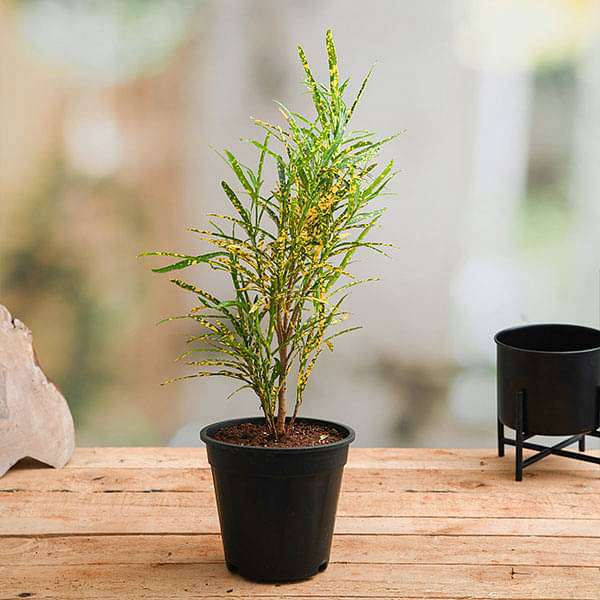
Croton, Codiaeum variegatum (Gold Dust, Thin Leaves) Plant in 6 inch Pot
(MRP Inclusive of all taxes)
- Shipping ₹79 for entire order
- Dispatch in 7 days
- Country of origin: India

(MRP Inclusive of all taxes)
 Save 29%
Save 29%
Air Purifier Money Plant with Pot The Air Purifier Money Plant, also known as Pothos or Epipremnum aureum, is a stunning indoor plant that...
View full details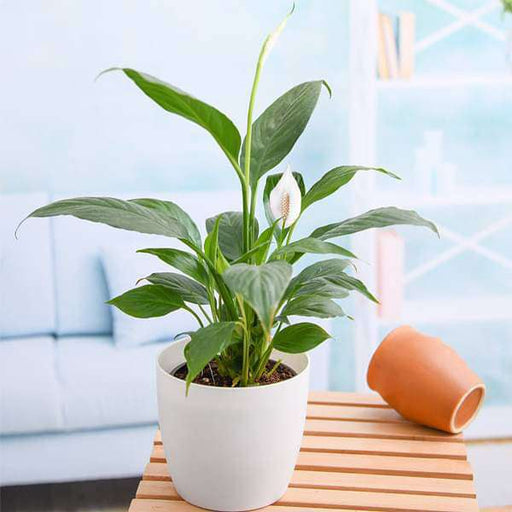
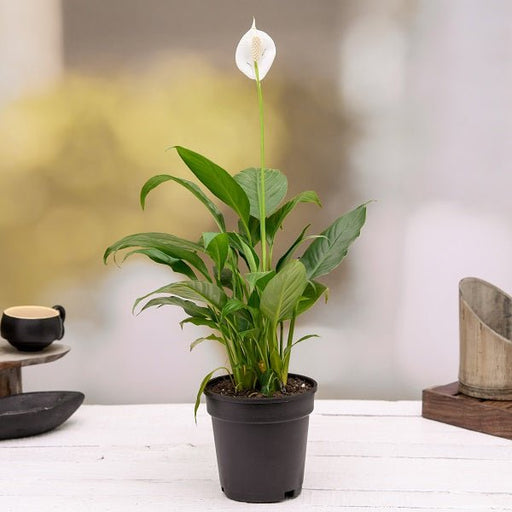 Save up to 15%
Save up to 15%
Peace Lily, Spathiphyllum - Plant The Peace Lily, scientifically known as Spathiphyllum, is a stunning houseplant celebrated for its elegant white...
View full details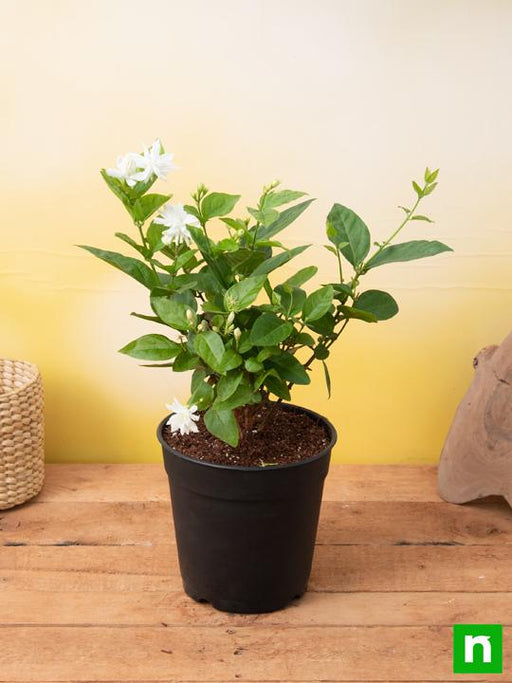
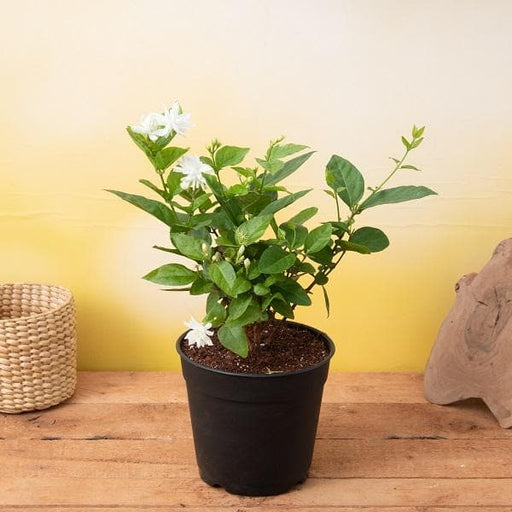 Save 25%
Save 25%
Jasminum sambac, Mogra, Arabian Jasmine - Plant Jasminum sambac, commonly known as Mogra or Arabian Jasmine, is a fragrant flowering plant...
View full details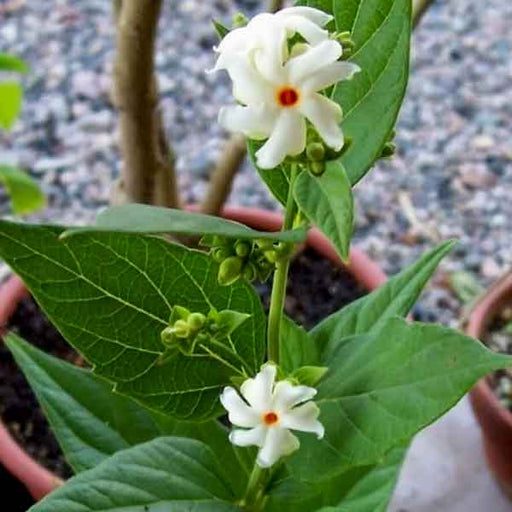
 Save 18%
Save 18%
Combo Constituents Includes the Parijat Tree (Night-Flowering Jasmine), a culturally significant plant with fragrant flowers. Description The Pari...
View full details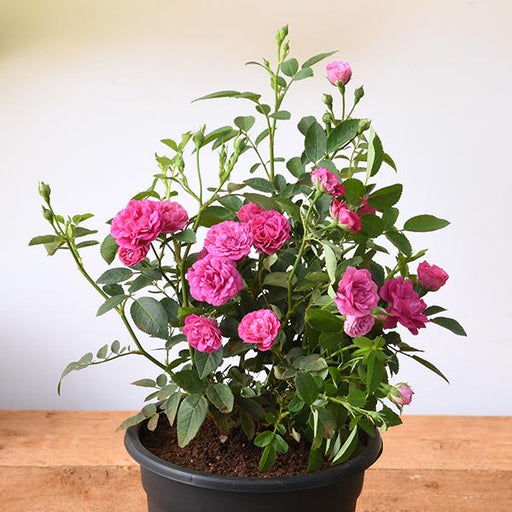
 Save 25%
Save 25%
Miniature Rose, Button Rose (Any Color) - Plant The Miniature Rose, also known as the Button Rose, is a charming and compact flowering plant that ...
View full details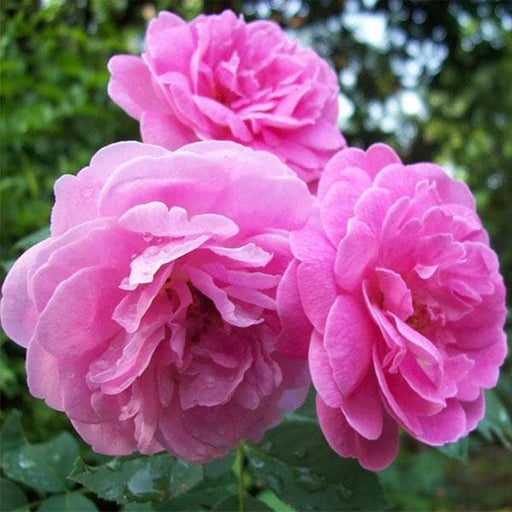 Save 25%
Save 25%
Damascus Rose, Scented Rose (Any Color) - Plant The Damascus Rose, also known as Rosa damascena, is a timeless symbol of beauty and romanc...
View full details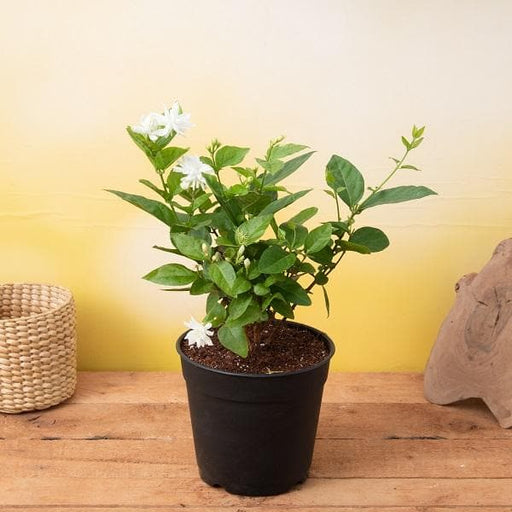
 Save 17%
Save 17%
Beautiful Fragrant Mogra, Arabian Jasmine Plant with Pot The Beautiful Fragrant Mogra, also known as Arabian Jasmine (Jasminum sambac), is...
View full details Save 15%
Save 15%
Pack of Vermicompost and Neem Cake for House Plants Transform your indoor garden with our premium Pack of Vermicompost and Neem Cake, spec...
View full details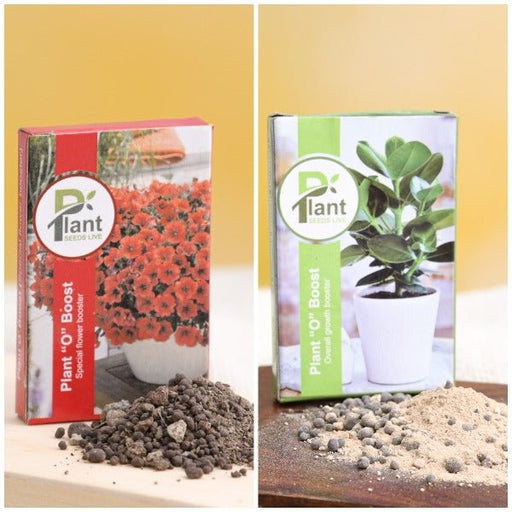
Pack of Plant Growth and Flower Boosters Unlock the full potential of your garden with our Pack of Plant Growth and Flower Boosters! This ...
View full details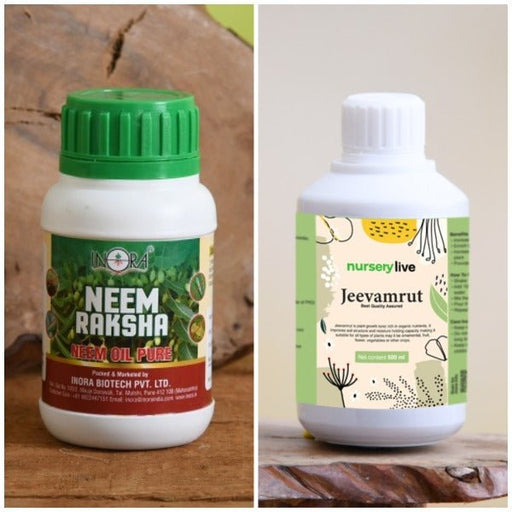 Save 38%
Save 38%
Combo of Jeevamrut and Neem Raksha for Easy Growth and Protection of Houseplants Transform your indoor garden with our exclusive combo of ...
View full details Save 22%
Save 22%
Plant Nutrients Kit (Pack of 16) for a Healthy Garden Transform your garden into a lush paradise with our Plant Nutrients Kit, featuring 1...
View full details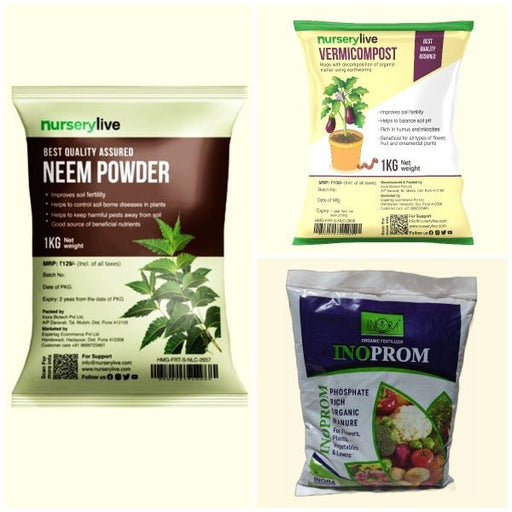 Save 16%
Save 16%
Combo of Top Plant Fertilizers Elevate your gardening game with our exclusive Combo of Top Plant Fertilizers, featuring two bags of premiu...
View full details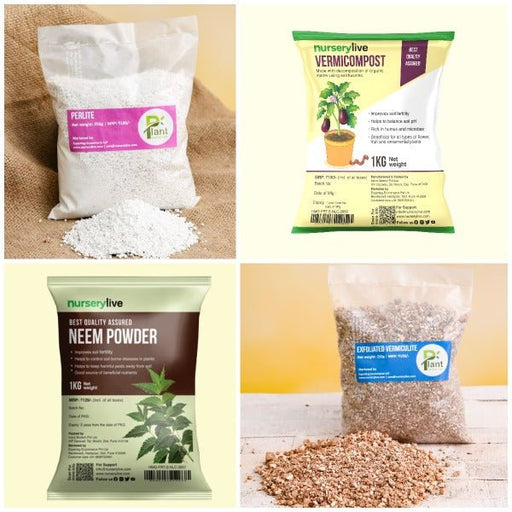 Save 24%
Save 24%
Pack of 4 Additives to Make Soil Healthy and Nutrient Rich Transform your garden into a thriving ecosystem with our Pack of 4 Additives de...
View full details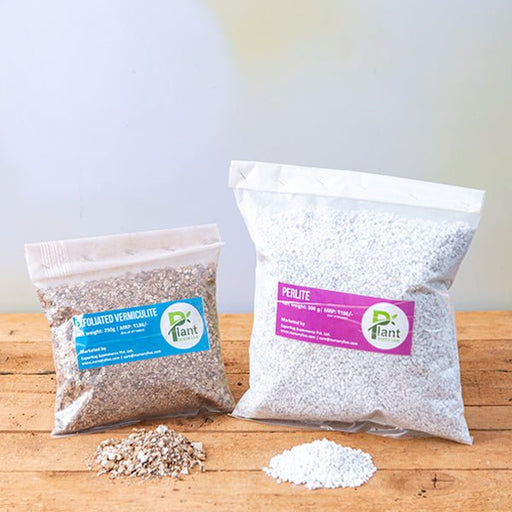 Save 30%
Save 30%
Transform your gardening experience with our premium Combo of Perlite and Vermiculite. This unique blend is designed to enhance soil aeration and ...
View full details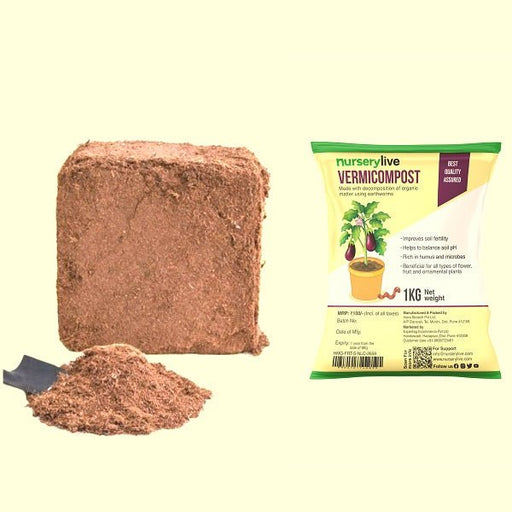 Save 27%
Save 27%
Combo of 2 Vermicompost and Cocopeat - Enrich Your Soil Naturally! Transform your garden into a thriving ecosystem with our Combo of 2 Ver...
View full details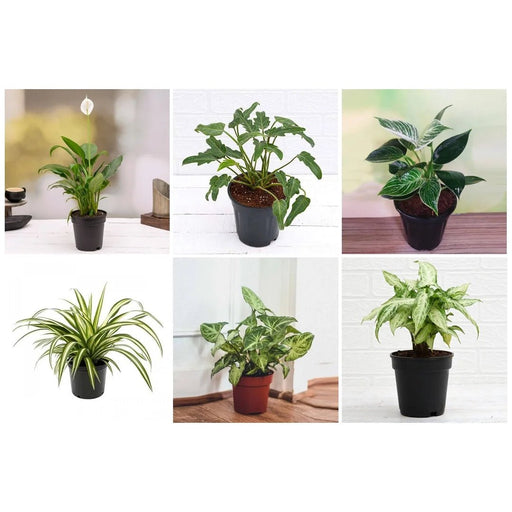
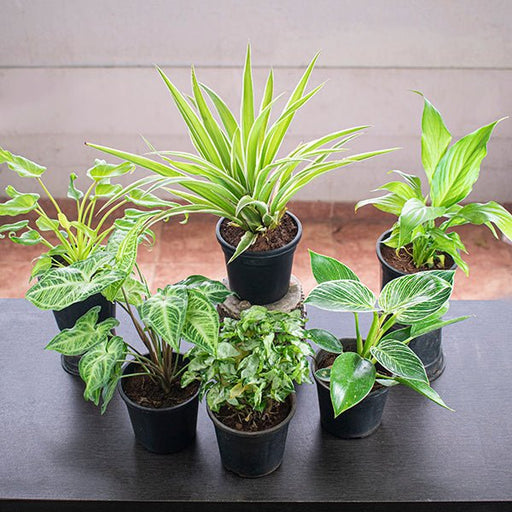 Save 35%
Save 35%
Best 6 Plants for Perfect Indoor Garden Transform your living space into a lush oasis with our curated collection of the Best 6 Plants for a...
View full details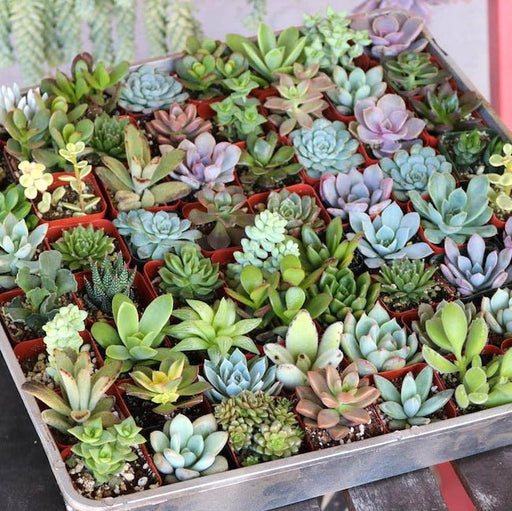
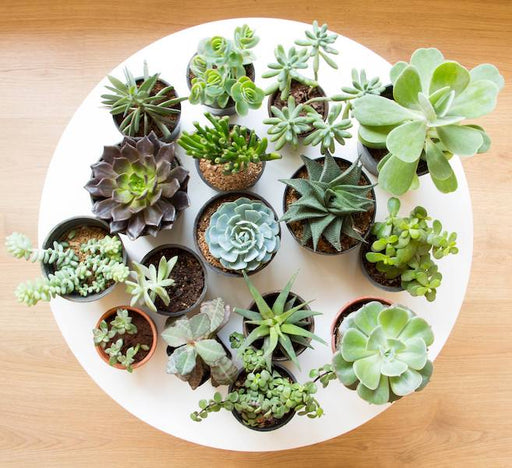 Save up to 50%
Save up to 50%
Mini Succulent Garden Pack Transform your space with our Mini Succulent Garden Pack, featuring a delightful collection of 4 any variety beautiful s...
View full details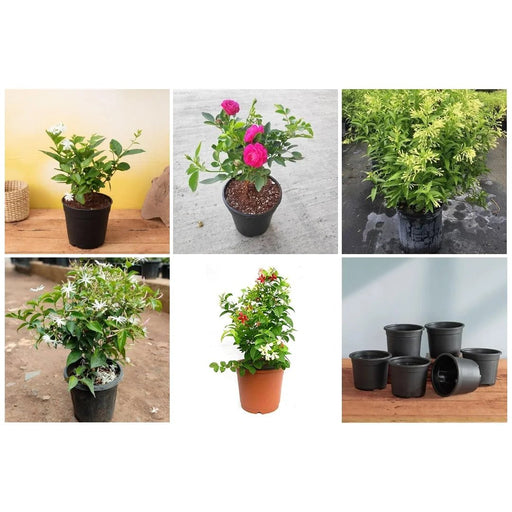
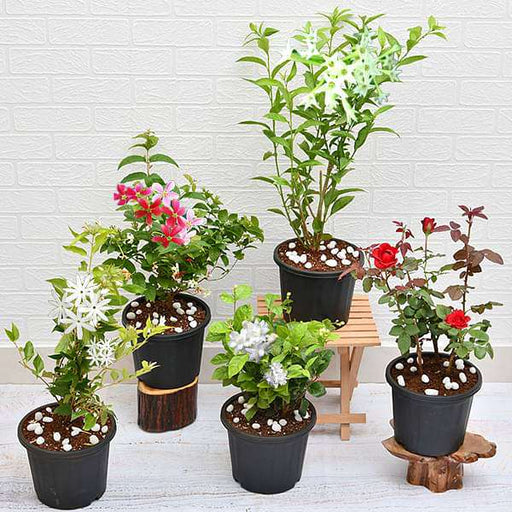 Save 30%
Save 30%
5 Best Fragrant Plants Transform your garden or indoor space into a fragrant paradise with our curated selection of the 5 Best Fragrant Plants. Th...
View full details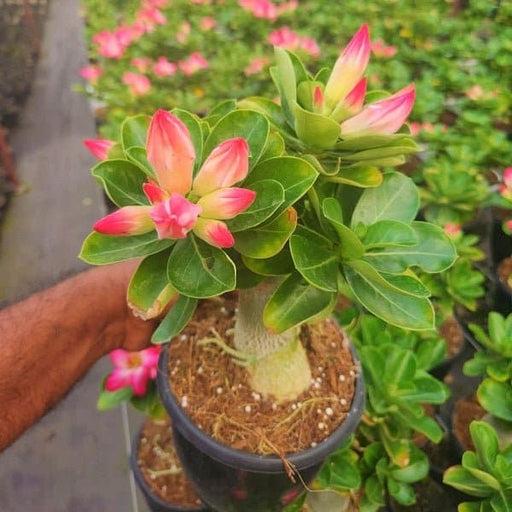
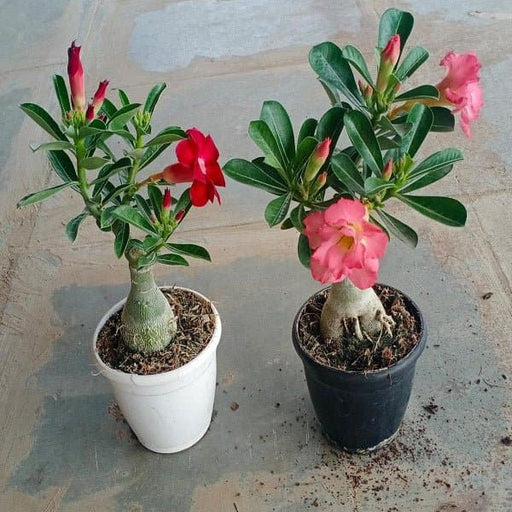 Save 24%
Save 24%
Set of 2 Bonsai Looking Grafted Adeniums Transform your indoor or outdoor space with our exquisite Set of 2 Bonsai Looking Grafted Adenium...
View full details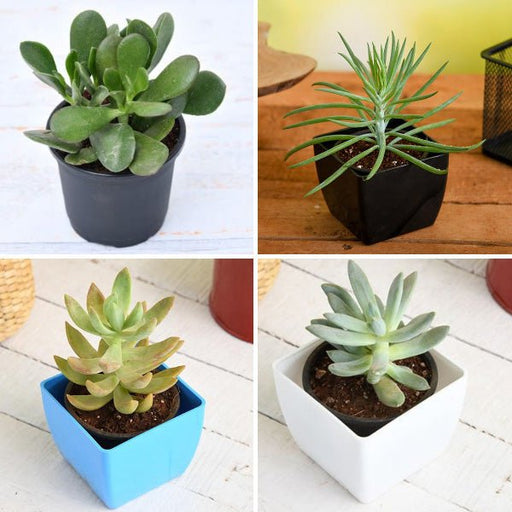 Save 45%
Save 45%
Top 4 Die Hard Succulents Pack Transform your indoor or outdoor space with our Top 4 Die Hard Succulents Pack, featuring a curated selecti...
View full details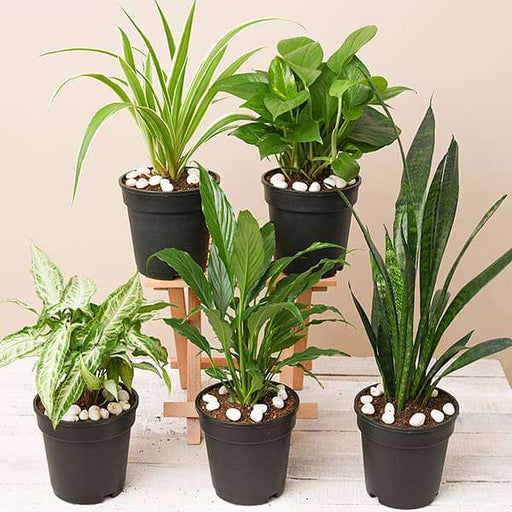
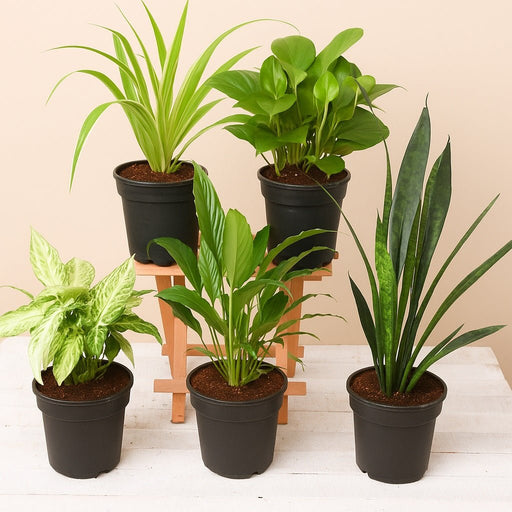 Save 30%
Save 30%
5 Best Indoor Plants Pack Transform your living space into a lush oasis with our '5 Best Indoor Plants Pack.' This carefully curated collection fe...
View full details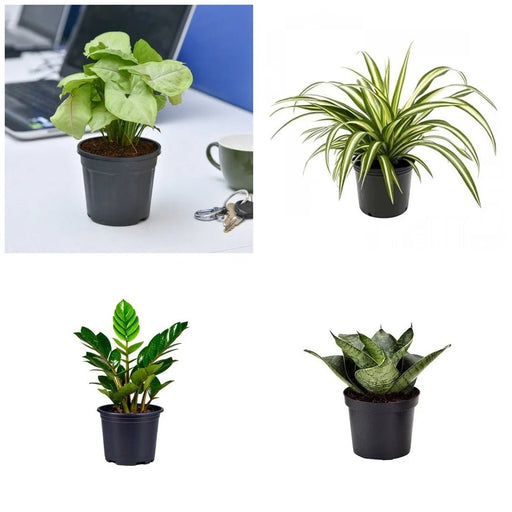
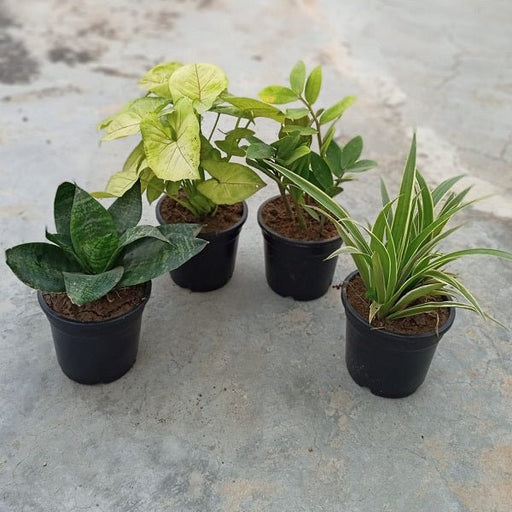 Save 25%
Save 25%
Set of 4 Evergreen Air Purifier Plant Pack Transform your indoor space into a lush, green oasis with our Set of 4 Evergreen Air Purifier Pla...
View full details| SrNo | Item Name |
|---|---|
| 1 | Croton, Codiaeum variegatum (Gold Dust, Thin Leaves) Plant in 6 inch (15 cm) Pot |
The Croton, scientifically known as Codiaeum variegatum, is a stunning tropical plant celebrated for its vibrant foliage. The Gold Dust variety features thin leaves adorned with a dazzling mix of green, yellow, and gold hues, making it a striking addition to any indoor or outdoor space. This 6-inch pot plant is perfect for those looking to add a splash of color to their home or garden.
What makes the Croton special is its ability to thrive in various environments while providing a unique aesthetic appeal. Its leaves can change color based on light exposure, creating a dynamic visual experience. This plant is not only beautiful but also purifies the air, making it a beneficial choice for indoor spaces.
Special features of the Gold Dust Croton include its drought tolerance and adaptability to different light conditions. With proper care, this plant can grow up to 3 feet tall, making it a stunning focal point in any setting.
If you think keeping a pet goldfish is hard, wait until you meet the Croton! This vibrant plant demands attention with its colorful leaves and unique personality. Water it just right, give it plenty of sunlight, and watch it thrive. But beware, overwatering is like giving it a bath it never asked for. Treat it well, and it’ll reward you with a kaleidoscope of colors that’ll make your neighbors green with envy.
Looking to jazz up your living space? The Croton is your go-to plant! With its flamboyant foliage, it’s like the life of the party in your home. Place it in a sunny spot, and it’ll transform your dull corner into a tropical paradise. Plus, it’s a conversation starter—everyone will want to know how you managed to keep such a diva alive!
Who needs a vacation when you can bring the tropics to your living room? The Croton, with its lush, colorful leaves, is like a mini-vacation in a pot. It whispers sweet nothings of sunshine and warmth, making you feel like you’re lounging on a beach, even in the dead of winter. Just don’t forget to give it a little love and light!
Think your home is too dim for a plant? Think again! The Croton is a bit of a diva but can handle lower light conditions better than most. While it prefers bright, indirect sunlight, it can still strut its stuff in less-than-ideal lighting. Just don’t expect it to bloom like a superstar; it’s more of a “chill at home” kind of plant.
Want your Croton to shine like a star? Feed it right! A balanced fertilizer during the growing season is like giving it a gourmet meal. It’ll reward you with vibrant colors and healthy growth. Just remember, too much of a good thing can be bad—over-fertilizing is like giving it a sugar rush. Keep it balanced, and your Croton will be the belle of the ball!
Every diva has its enemies, and the Croton is no exception. Aphids and spider mites can crash the party if you’re not careful. Keep an eye out for these uninvited guests and act fast! A little neem oil or insecticidal soap can send them packing. After all, your Croton deserves to shine without any pesky interruptions.
Want to expand your Croton family? Propagation is the name of the game! Snip a healthy stem, pop it in water, and watch it grow roots like a pro. It’s like giving your plant a chance to have its own little adventure. Just be patient, and soon you’ll have a whole squad of colorful Crotons to show off!
The Croton family is as diverse as a box of chocolates! From the classic Gold Dust to the striking Petra, there’s a variety for every taste. Each one boasts its own unique colors and patterns, making it a fun challenge to collect them all. It’s like Pokémon for plant lovers—gotta catch ‘em all!
Choosing the right pot for your Croton is crucial. It’s like picking the perfect outfit for a first date. A well-draining potting mix is essential to keep those roots happy. Make sure it has drainage holes, or your Croton might just throw a tantrum. Remember, a happy plant is a stylish plant!
Light is the lifeblood of your Croton. It craves bright, indirect sunlight like a celebrity craves the spotlight. Too little light, and it’ll sulk; too much, and it might just get scorched. Finding that sweet spot is key to keeping your plant vibrant and full of life. Think of it as a delicate dance between light and shadow.
The Croton is the Picasso of the plant world, splashing colors like it’s an art show! From deep greens to fiery yellows and reds, each leaf is a masterpiece. The more sunlight it gets, the more vibrant its colors become. It’s like watching a sunset unfold right in your living room—who wouldn’t want that?
This vibrant plant is like nature's confetti, boasting colorful leaves that can brighten any room. With its thin, elongated leaves splashed with gold, it’s a showstopper in a 6-inch pot, perfect for those who want a touch of tropical flair without the hassle of a beach vacation.
Treat your Croton like royalty! It loves bright, indirect sunlight and a warm environment. Water it when the top inch of soil feels dry, but don’t drown it—this isn’t a swimming pool party! Regular misting will keep its leaves happy and shiny, just like a good hair day.
Your Croton prefers a well-draining potting mix, ideally one that’s rich in organic matter. Think of it as a luxurious spa treatment for its roots! A mix of peat, perlite, and a dash of compost will keep it thriving and looking fabulous in its 6-inch pot.
Water your Croton when the top inch of soil is dry, usually every week or so. But don’t go overboard—this isn’t a water park! Too much moisture can lead to root rot, and nobody wants that drama in their plant life.
Yes, your Croton loves a good meal! Feed it with a balanced liquid fertilizer every 4-6 weeks during the growing season. Think of it as a gourmet dining experience for your plant, ensuring it stays vibrant and colorful, just like a well-fed diva.
Unfortunately, your Croton is not the best friend for furry companions. It contains compounds that can be toxic to pets if ingested. So, if you have curious cats or dogs, it’s best to keep this beauty out of their reach—after all, we don’t want any plant-related drama in the house!
Absolutely! Propagation is like giving your Croton a family reunion. You can take stem cuttings and place them in water or soil. Just ensure they have a few leaves and keep them warm and humid. Soon, you’ll have more colorful companions to brighten your space!
Keep an eye out for pesky pests like spider mites and mealybugs. They’re like uninvited guests at a party! If you spot them, a gentle wipe with soapy water or neem oil will send them packing. Your Croton deserves a pest-free life!
Yellowing leaves can be a sign of overwatering or insufficient light. It’s like your plant’s way of saying, “Help me!” Check the soil moisture and ensure it’s getting enough bright light. A little TLC will have those leaves back to their vibrant selves in no time.
Your Croton craves bright, indirect sunlight—think of it as a sunbather with a good sunscreen! Too little light can dull its colors, while too much direct sun can scorch those beautiful leaves. Find that sweet spot, and your plant will thrive like a beach bum.
Yes, but only in warm climates! If you live in a tropical paradise, your Croton will love basking in the sun. Just be sure to bring it indoors if temperatures drop below 60°F (15°C). It’s a delicate diva that prefers a cozy environment!